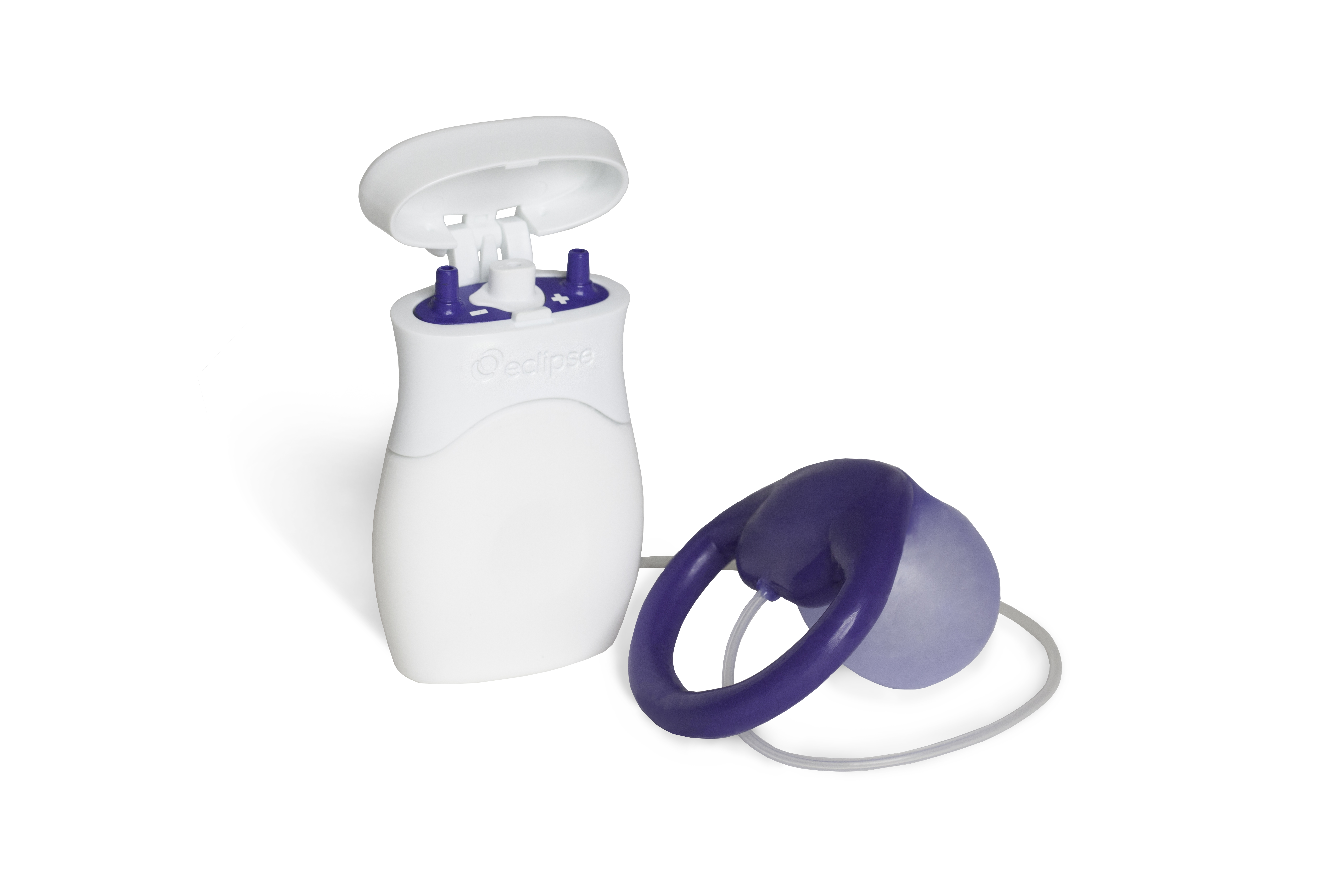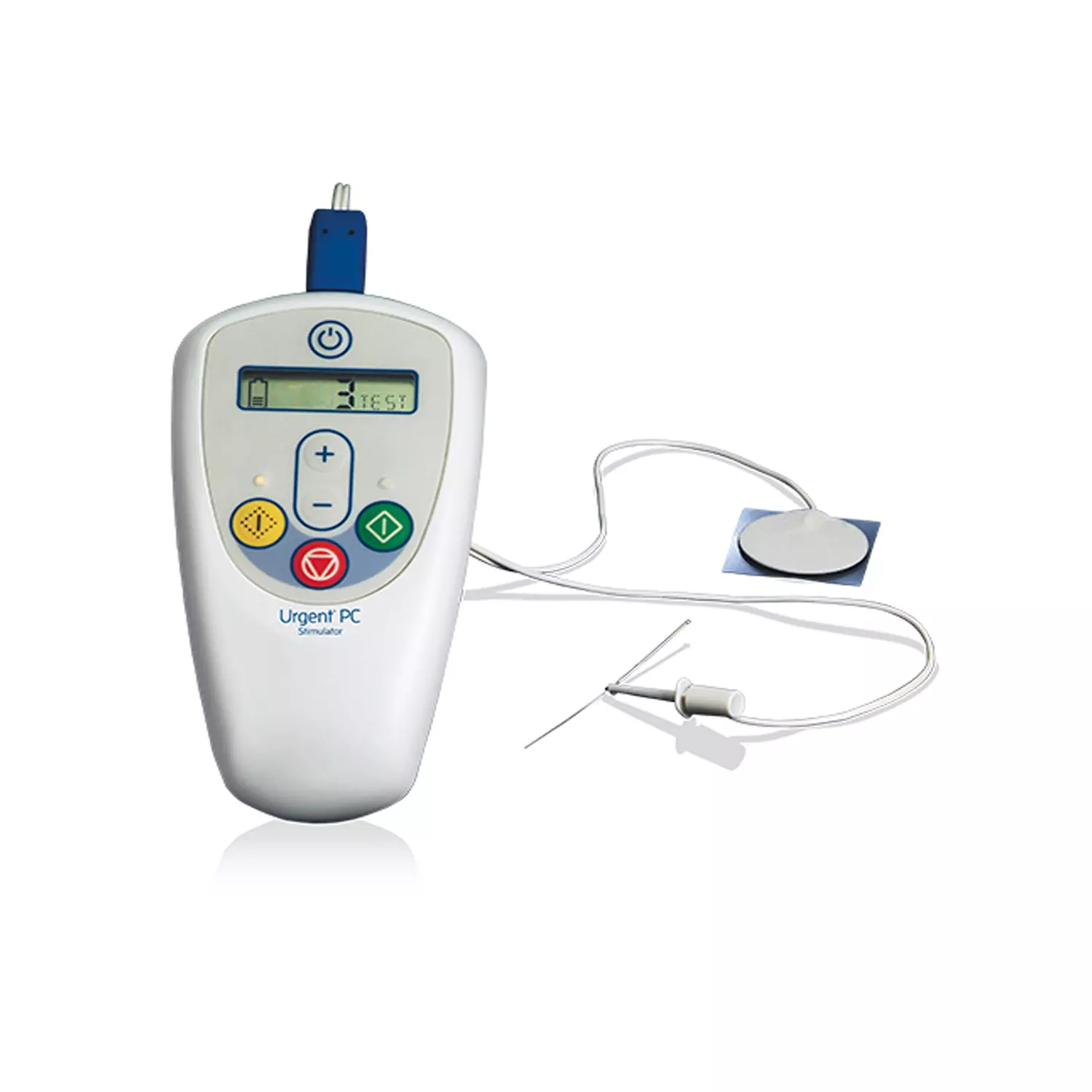How are bowel control issues treated?
Treatment typically starts with behavioral modifications, dietary changes, pelvic floor exercises and antidiarrheal medicines to relax the bowel.
Laborie offers:
- The Eclipse™ System for Bowel Control – an innovative non-surgical therapy that offers immediate results for women experiencing loss of bower control.
- Percutaneous tibial nerve stimulation (PTNS) with Urgent® PC* – a low-risk, outpatient therapy typically used when conservative treatments aren’t enough but before more invasive treatments.





